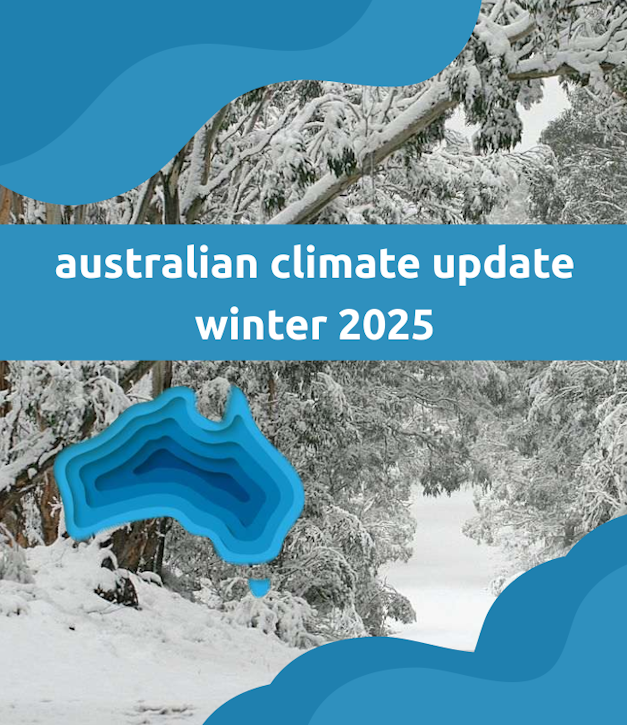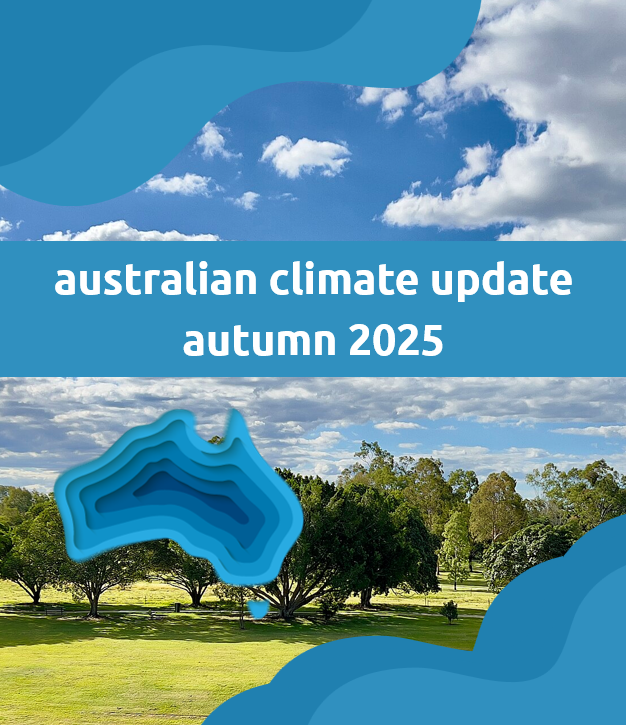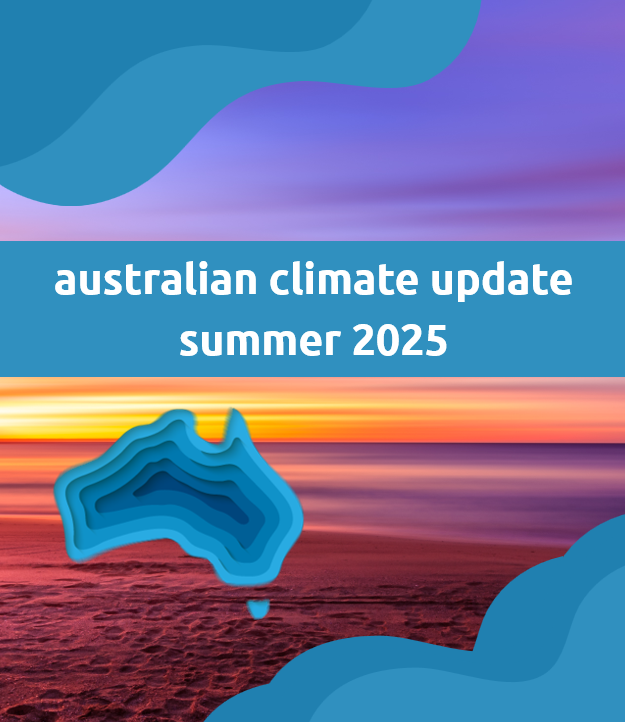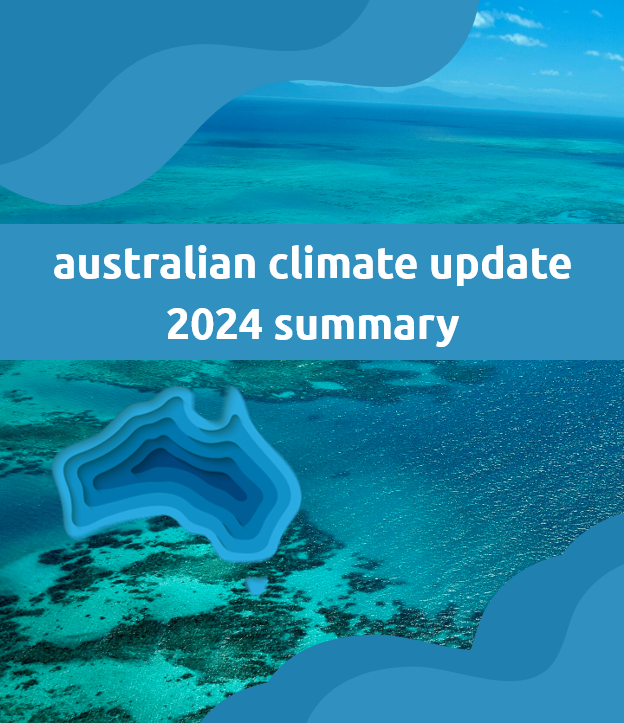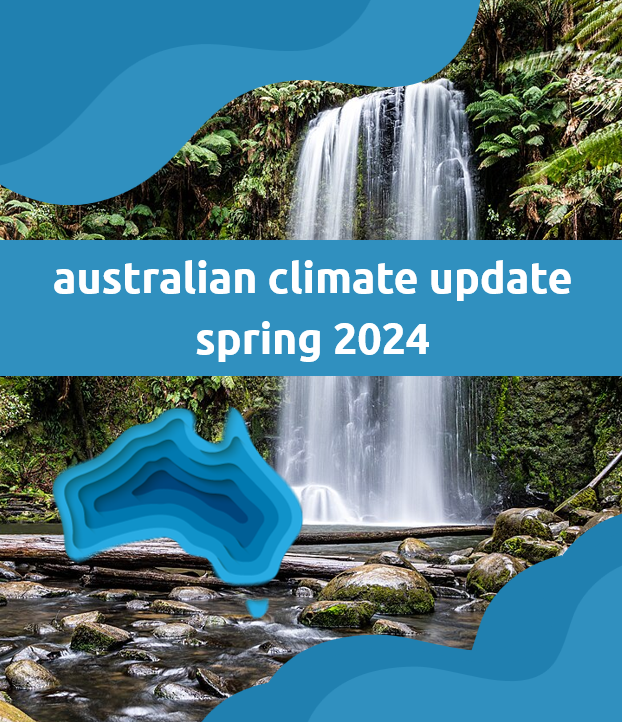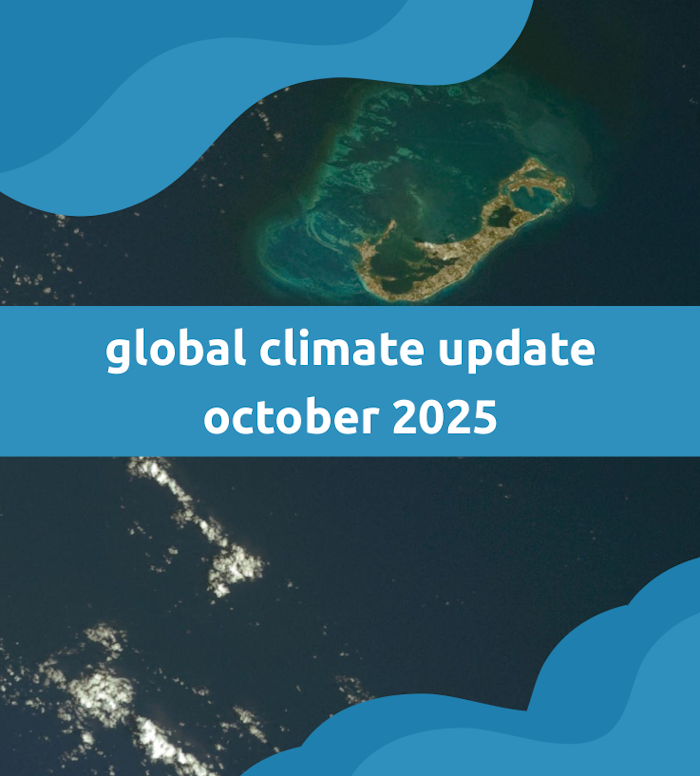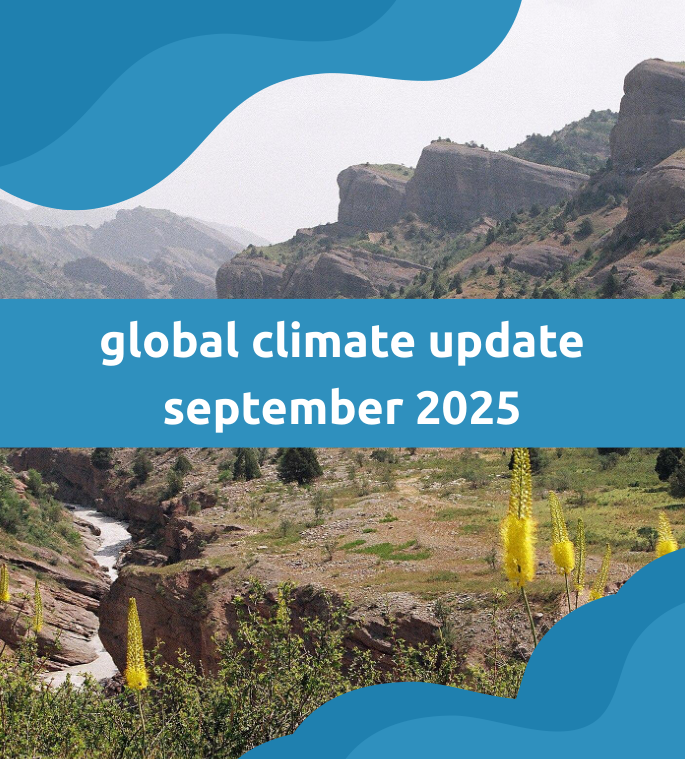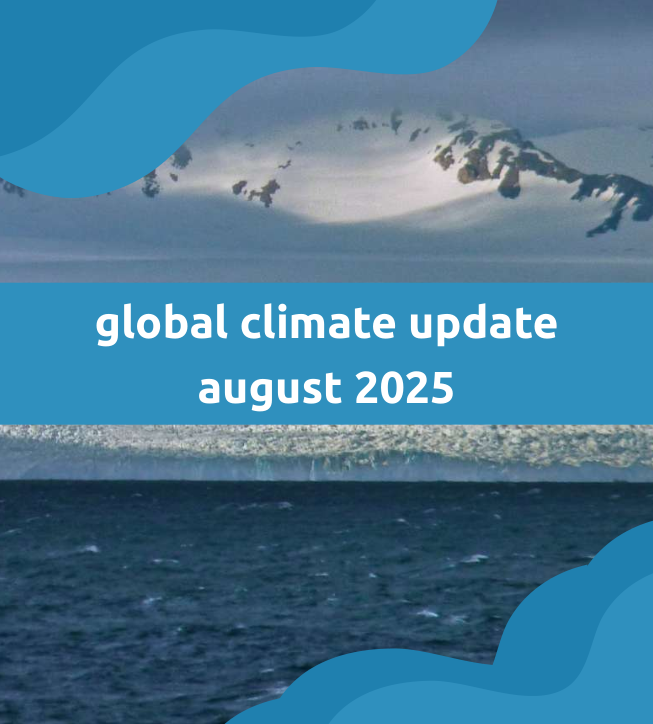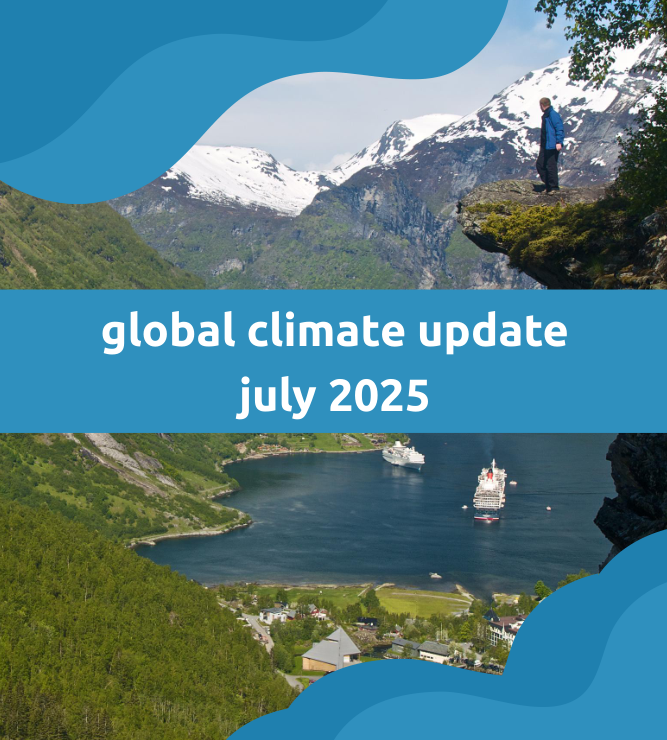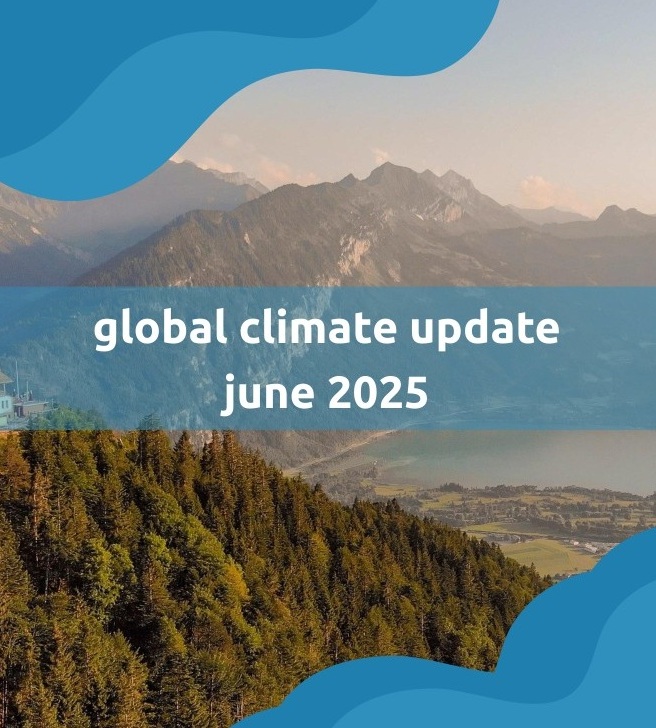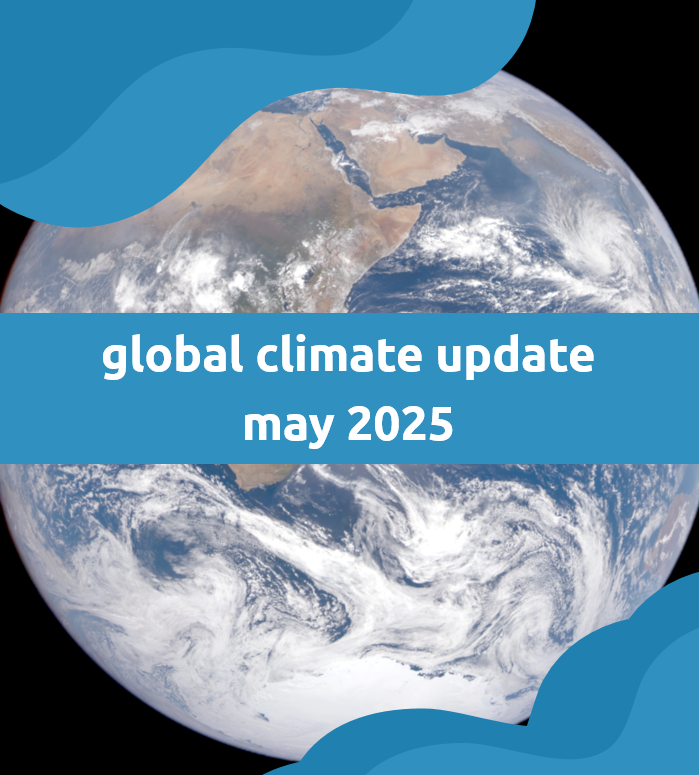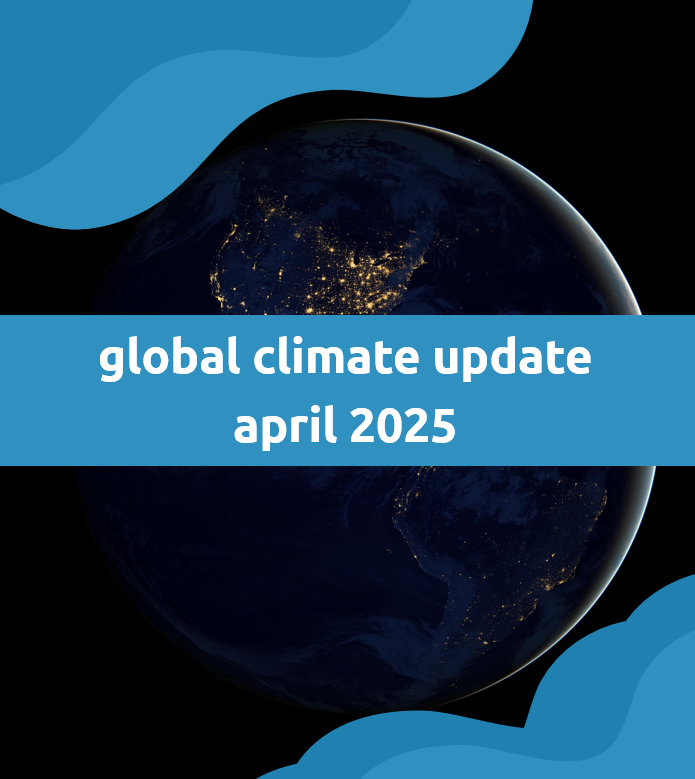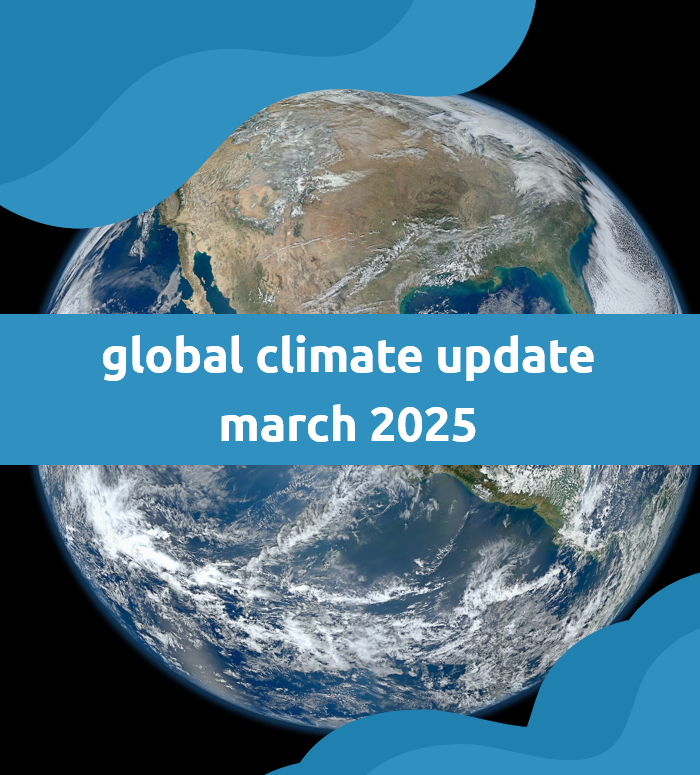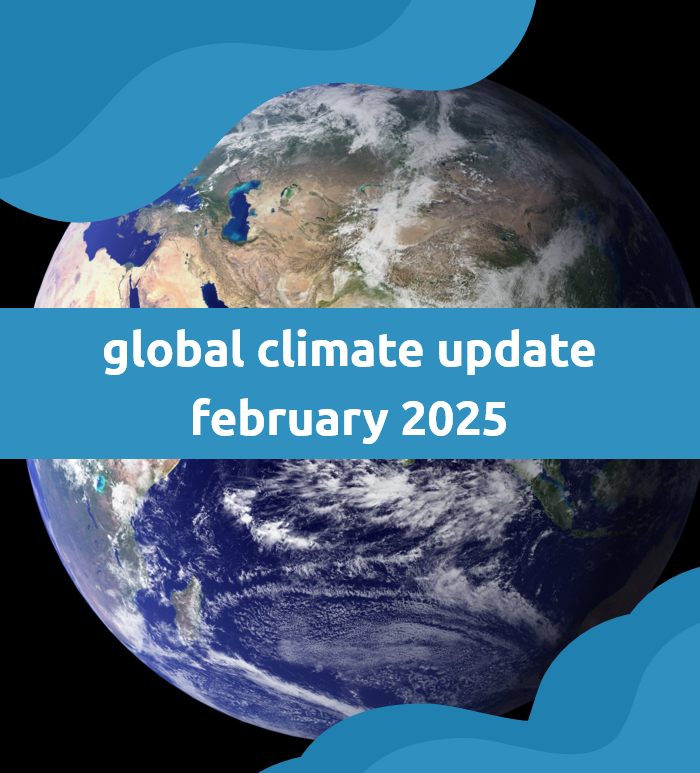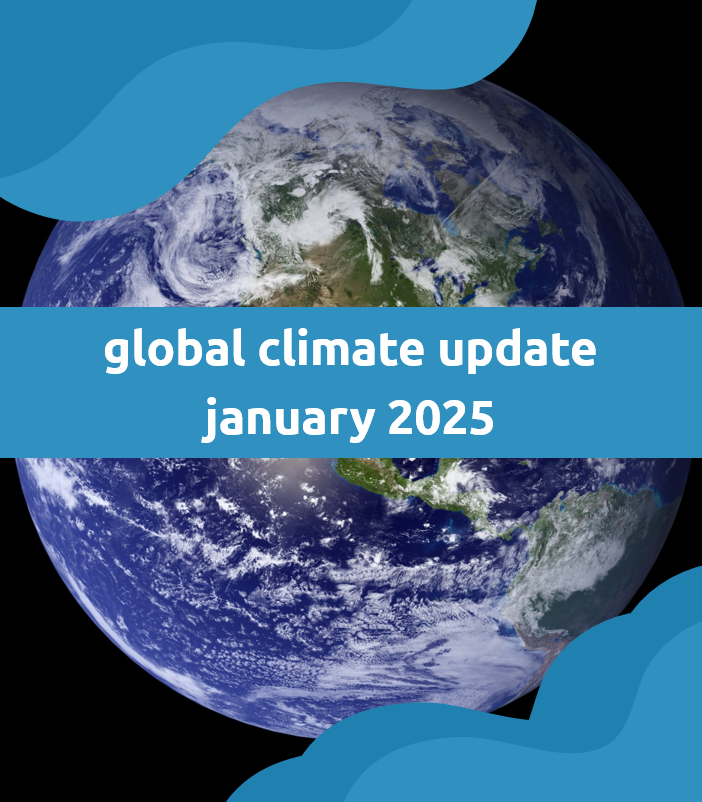Australian Climate Update
The Australian Climate Update highlights the most recent changes to temperatures and rainfall across Australia at multiple geographies. It looks at seasonal average air temperatures and total rainfall both in absolute terms and relative to the 1941 - 1970 average, and also ranks them over the period 1889 to present day. The Australian Climate Update distinguishes itself from other products by being relevant to a large number of smaller scale geographies that are relevant to both communities (567 LGA areas) and ecosystems (86 IBRA areas). You can read more about local communities and view an example of climate mapping for this geography here and here, and read more about bioregions and view an example of climate mapping for this geography here.
To see more specific information from the latest report, including detailed breakdowns by state, GCCSA, IBRA, and LGA, download the latest version and access previous reports, see below.
Our methods do not replace those used by the Bureau of Meteorology (BOM), which should be considered the national authority on all matters relating to the climate. We use interpolated gridded data sourced from the SILO project, which although based on data from BOM, may be less reliable when compared directly with observational data. To understand more about SILO data please read here. We also use a different baseline for calculation of anomaly values. This baseline is calculated across 1941 - 1970, rather than 1961 - 1990 as is done by BOM. Because of these and other various reasons, much of the specific information we produce will not agree with that produced by BOM and should not be directly compared. However, we believe that general inferences from our analysis will broadly align with those determined by BOM as well as other organisations about the state of the Australian climate. To read more about our methods please see here.
Global Climate Update
The Global Climate Update highlights the most recent changes to temperatures and rainfall across the global at multiple geographies. It looks at seasonal average air temperatures and total rainfall both in absolute terms and relative to the 1941 - 1970 average, and also ranks them over the period 1940 to present day. The Global Climate Update distinguishes itself from other products by capturing a comparison at multiple geographies across continents, regions and countries in the same product.
To see more specific information from the latest report, including detailed breakdowns by continent, region, and country, download the latest version. You can also access previous reports below.
Our methods do not replace those used by globally renowned climate, weather and meteorological agencies, such as the World Meteorological Organization (WMO) or the European Centre for Medium-Range Weather Forecasts (ECMWF). Agencies such as these should be considered the global authority on all matters relating to the climate. We use gridded data sourced from the ECMWF Reanalysis v5 (ERA5) datset, which even though not necessarily as reliable when compared directly with in-situ observational data, is still considered a reputable atmospheric reanalysis global climate dataset. To understand more about ERA5 data please read here. We use a baseline for calculation of anomaly values. This baseline is calculated across 1941 - 1970. While some of our analytical methods may be slightly different compared to others, we believe that general inferences from our analysis will broadly align with those determined by other organisations about the state of the global climate. To read more about our methods please see here.
